-
 Bitcoin
Bitcoin $118900
-2.35% -
 Ethereum
Ethereum $4632
-2.72% -
 XRP
XRP $3.109
-3.96% -
 Tether USDt
Tether USDt $1.001
0.04% -
 BNB
BNB $849.9
-1.82% -
 Solana
Solana $195.6
-4.49% -
 USDC
USDC $0.9999
0.03% -
 Dogecoin
Dogecoin $0.2307
-4.65% -
 TRON
TRON $0.3588
-2.41% -
 Cardano
Cardano $0.9448
-4.09% -
 Hyperliquid
Hyperliquid $48.52
3.63% -
 Chainlink
Chainlink $22.41
-5.29% -
 Sui
Sui $3.848
-3.16% -
 Stellar
Stellar $0.4276
-4.33% -
 Bitcoin Cash
Bitcoin Cash $594.9
-2.14% -
 Ethena USDe
Ethena USDe $1.001
0.07% -
 Hedera
Hedera $0.2547
-5.06% -
 Avalanche
Avalanche $25.02
-0.86% -
 Litecoin
Litecoin $121.1
-5.47% -
 UNUS SED LEO
UNUS SED LEO $9.645
3.95% -
 Toncoin
Toncoin $3.460
-2.78% -
 Shiba Inu
Shiba Inu $0.00001300
-5.26% -
 Uniswap
Uniswap $11.00
-4.85% -
 Polkadot
Polkadot $4.013
-4.90% -
 Dai
Dai $1.000
0.02% -
 Bitget Token
Bitget Token $4.670
-2.13% -
 Cronos
Cronos $0.1553
-5.42% -
 Ethena
Ethena $0.7282
-0.16% -
 Aave
Aave $312.1
-4.63% -
 Pepe
Pepe $0.00001111
-7.17%
How to prevent bubbles in NFT? How to invest rationally?
To prevent NFT market bubbles, diversify investments, conduct thorough research, and stay informed about regulatory changes; invest rationally by setting clear goals and assessing risk tolerance.
May 15, 2025 at 03:28 pm
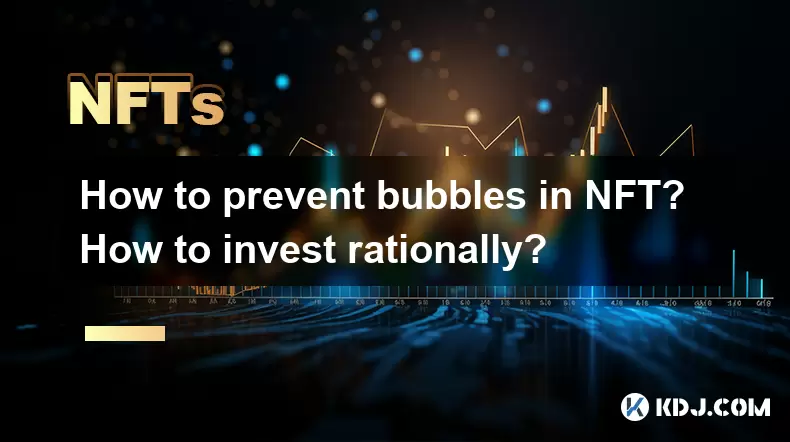
In the dynamic world of cryptocurrencies, Non-Fungible Tokens (NFTs) have captured the attention of investors and enthusiasts alike. However, the rapid rise in popularity and value of NFTs has led to concerns about potential market bubbles. Understanding how to prevent bubbles in NFTs and how to invest rationally is crucial for anyone looking to navigate this space effectively. This article will delve into strategies for preventing bubbles and provide guidance on rational investment in NFTs.
Understanding NFT Market Bubbles
A market bubble occurs when the price of an asset rises to unsustainable levels, driven by speculation rather than intrinsic value. In the context of NFTs, bubbles can form when the hype around certain projects or collections drives prices to dizzying heights, only for them to crash when the hype subsides. Recognizing the signs of a bubble is the first step in preventing one.
One key indicator of a potential bubble is rapid price increases without corresponding increases in value or utility. If an NFT's price is soaring but there's no clear reason for it, such as new features or increased demand for its use, it might be a sign of speculative frenzy. Another red flag is over-reliance on celebrity endorsements or social media hype. While these can drive interest, they can also create unsustainable price spikes.
Strategies to Prevent NFT Bubbles
Preventing bubbles in the NFT market requires a multi-faceted approach. Diversification is a fundamental strategy. By spreading investments across different types of NFTs, investors can mitigate the risk of a single asset or project collapsing and dragging down their entire portfolio.
Conducting thorough research before investing is another critical step. This involves looking into the project's team, their track record, the utility of the NFT, and the community's engagement. Platforms like OpenSea and Rarible provide detailed information about NFT projects, which can help investors make informed decisions.
Regulatory oversight can also play a role in preventing bubbles. While the NFT market is still largely unregulated, increased scrutiny from regulatory bodies could help curb speculative excesses. Investors should stay informed about any regulatory developments that might impact the NFT market.
Rational Investment in NFTs
Investing rationally in NFTs involves more than just avoiding bubbles. It requires a clear understanding of one's investment goals and risk tolerance. Setting clear investment objectives is essential. Are you looking for short-term gains, or are you interested in long-term value? Your strategy will differ based on your goals.
Assessing risk tolerance is equally important. NFTs can be highly volatile, and investors need to be prepared for the possibility of significant losses. Understanding how much risk you can comfortably take on will help you make more rational investment decisions.
Practical Steps for Rational NFT Investment
To invest rationally in NFTs, follow these practical steps:
- Research the project: Look into the project's whitepaper, the team behind it, and any partnerships or collaborations. Websites like DappRadar and NFT Calendar can provide valuable insights.
- Evaluate the NFT's utility: Consider what the NFT offers. Is it a piece of art, a membership to an exclusive club, or a token with real-world utility? The more utility an NFT has, the more likely it is to retain value.
- Check the community: A strong, engaged community can be a good indicator of an NFT's potential. Look at social media platforms and forums to gauge the level of interest and support.
- Set a budget: Decide how much you're willing to invest and stick to it. Avoid chasing prices or investing more than you can afford to lose.
- Use reputable platforms: Stick to well-known and trusted platforms like OpenSea, Rarible, and SuperRare. These platforms have established track records and offer a degree of security.
Monitoring and Adjusting Your NFT Investments
Once you've made your investments, monitoring and adjusting your portfolio is crucial. Keep an eye on market trends and the performance of your NFTs. If an NFT's value is declining and there's no clear reason for it to recover, it might be time to sell.
Staying informed about the broader crypto market can also help you make better decisions. News about regulatory changes, technological advancements, or shifts in investor sentiment can all impact the NFT market. Websites like CoinDesk and CryptoSlate are excellent resources for staying up-to-date.
FAQs
Q: How can I tell if an NFT is overvalued?
A: An NFT might be overvalued if its price has risen rapidly without corresponding increases in utility or demand. Look for signs of speculative frenzy, such as heavy reliance on celebrity endorsements or social media hype.
Q: Are there any tools or platforms that can help me analyze NFT investments?
A: Yes, several platforms offer tools for analyzing NFTs. DappRadar provides detailed analytics on NFT projects, while NFT Calendar offers insights into upcoming NFT drops and events. Additionally, platforms like OpenSea and Rarible provide data on NFT sales and trends.
Q: Can regulatory changes impact the value of my NFTs?
A: Yes, regulatory changes can significantly impact the NFT market. Increased oversight could lead to more stability but might also curb speculative excesses. Staying informed about regulatory developments is crucial for managing your NFT investments effectively.
Q: How often should I review my NFT portfolio?
A: It's a good idea to review your NFT portfolio regularly, at least once a month. This allows you to stay on top of market trends and make adjustments as needed. However, avoid making impulsive decisions based on short-term fluctuations.
Disclaimer:info@kdj.com
The information provided is not trading advice. kdj.com does not assume any responsibility for any investments made based on the information provided in this article. Cryptocurrencies are highly volatile and it is highly recommended that you invest with caution after thorough research!
If you believe that the content used on this website infringes your copyright, please contact us immediately (info@kdj.com) and we will delete it promptly.
- Kazakhstan's Crypto Leap: Bitcoin ETF and Central Asia's Digital Finance Future
- 2025-08-13 12:45:19
- BlockDAG Presale Blazes Past $371M: Fundraising Frenzy Fuels Crypto Sensation
- 2025-08-13 13:05:21
- Meme Coins: Chasing the 2025 Surge – Which Will Moonshot?
- 2025-08-13 10:25:23
- Bitcoin's Wild Ride: Rally, Pullback, and What's Next
- 2025-08-13 10:25:23
- Bitcoin, Bitmax, and Institutional Demand: A New Era of Crypto Investment
- 2025-08-13 10:45:12
- Solana, ROAM, and Airdrops: What's the Buzz in 2025?
- 2025-08-13 11:35:13
Related knowledge
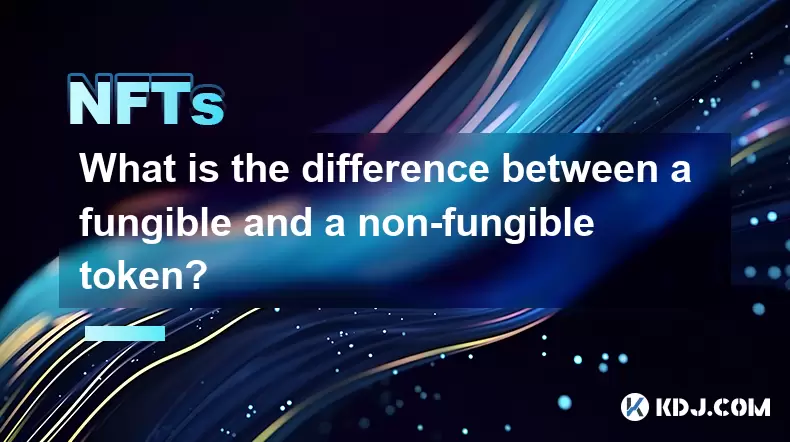
What is the difference between a fungible and a non-fungible token?
Aug 11,2025 at 12:07pm
Understanding Fungibility in Digital AssetsThe concept of fungibility is foundational to understanding both fungible and non-fungible tokens (NFTs) in...
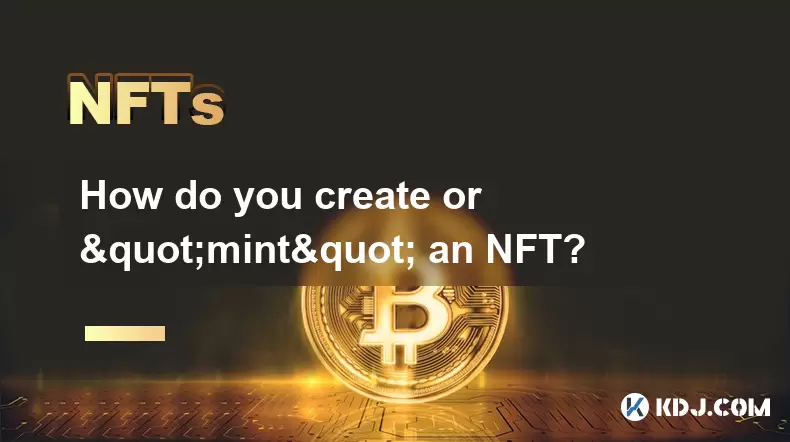
How do you create or "mint" an NFT?
Aug 09,2025 at 08:56pm
Understanding What an NFT Is Before MintingBefore diving into the process of creating an NFT, it's essential to understand what an NFT actually is. An...
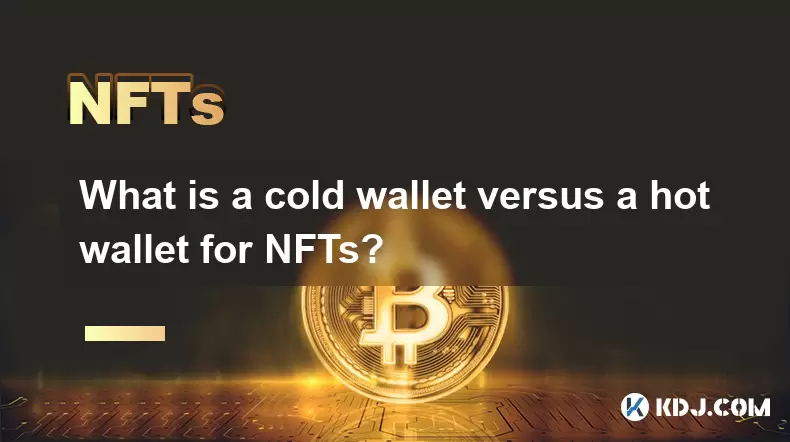
What is a cold wallet versus a hot wallet for NFTs?
Aug 10,2025 at 10:49pm
Understanding Cold Wallets and Hot Wallets in the NFT EcosystemIn the world of NFTs (Non-Fungible Tokens), digital ownership and security are paramoun...

How do I protect my NFTs from being stolen?
Aug 11,2025 at 06:28pm
Understanding the Risks to NFT OwnershipNFTs, or non-fungible tokens, represent unique digital assets secured on blockchain networks. Despite their cr...
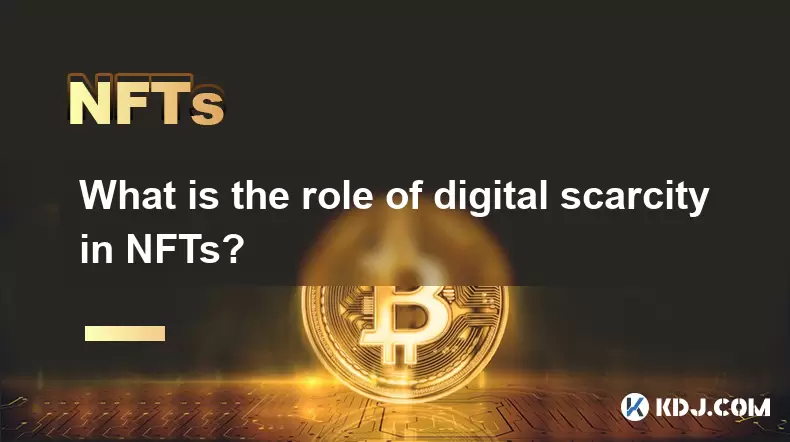
What is the role of digital scarcity in NFTs?
Aug 11,2025 at 11:36pm
Understanding Digital Scarcity in the Context of NFTsDigital scarcity refers to the deliberate limitation of digital assets to create value through ra...
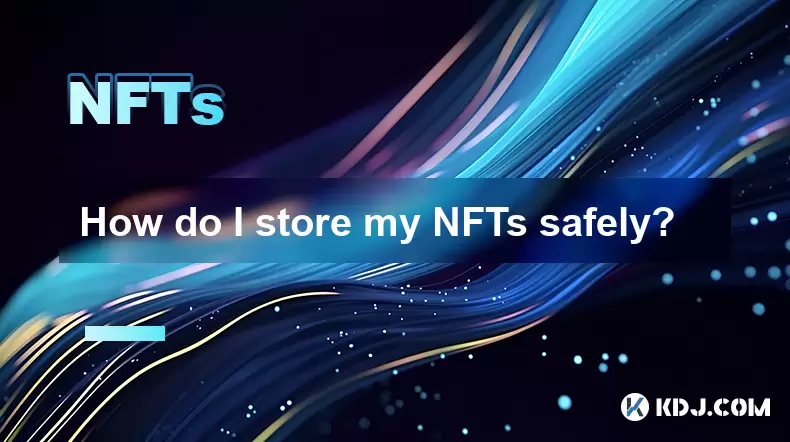
How do I store my NFTs safely?
Aug 13,2025 at 11:36am
Understanding the Nature of NFT OwnershipWhen you purchase an NFT (Non-Fungible Token), you are not storing a file like a photo or video directly on y...

What is the difference between a fungible and a non-fungible token?
Aug 11,2025 at 12:07pm
Understanding Fungibility in Digital AssetsThe concept of fungibility is foundational to understanding both fungible and non-fungible tokens (NFTs) in...

How do you create or "mint" an NFT?
Aug 09,2025 at 08:56pm
Understanding What an NFT Is Before MintingBefore diving into the process of creating an NFT, it's essential to understand what an NFT actually is. An...

What is a cold wallet versus a hot wallet for NFTs?
Aug 10,2025 at 10:49pm
Understanding Cold Wallets and Hot Wallets in the NFT EcosystemIn the world of NFTs (Non-Fungible Tokens), digital ownership and security are paramoun...

How do I protect my NFTs from being stolen?
Aug 11,2025 at 06:28pm
Understanding the Risks to NFT OwnershipNFTs, or non-fungible tokens, represent unique digital assets secured on blockchain networks. Despite their cr...

What is the role of digital scarcity in NFTs?
Aug 11,2025 at 11:36pm
Understanding Digital Scarcity in the Context of NFTsDigital scarcity refers to the deliberate limitation of digital assets to create value through ra...

How do I store my NFTs safely?
Aug 13,2025 at 11:36am
Understanding the Nature of NFT OwnershipWhen you purchase an NFT (Non-Fungible Token), you are not storing a file like a photo or video directly on y...
See all articles

























































































